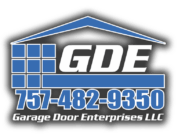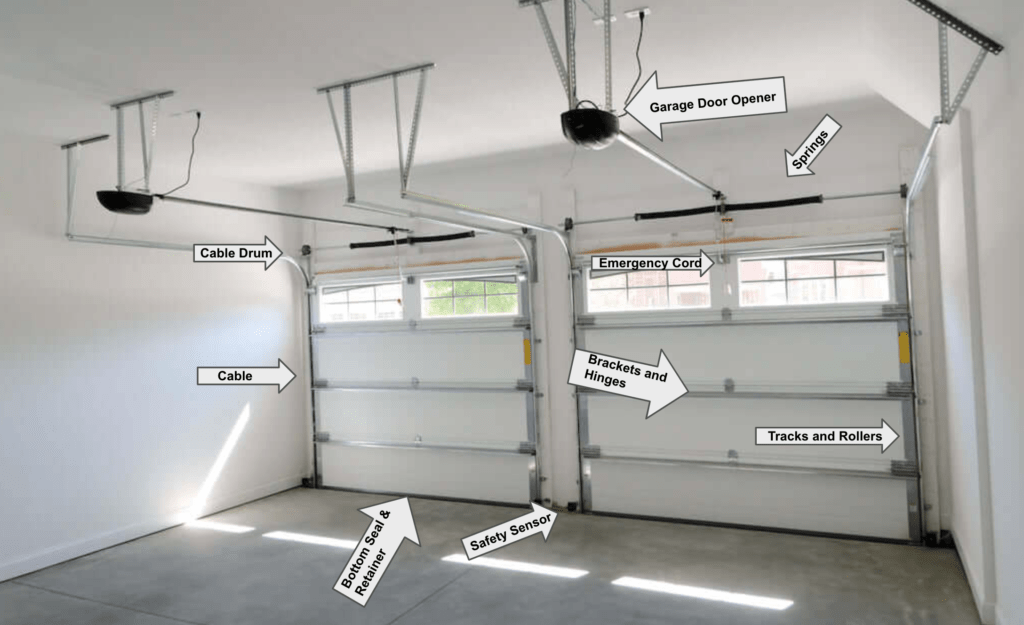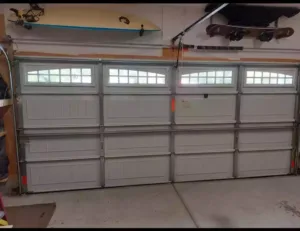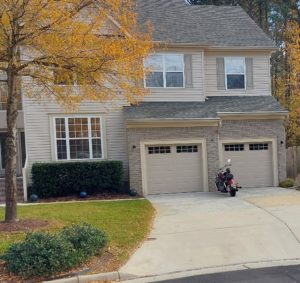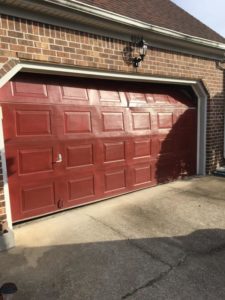Garage door systems function because of garage door parts that work in coordination with each other. Their roles in the mechanical system allow for smooth garage door operation. People tend to underestimate the complexity of garage doors, but it is essential that all parts are in good condition and work together to facilitate movement. If one of the garage door parts stops functioning, it will most likely cause several problems.
If you know the different garage door parts and how to take care of them, they will last longer. It’s usually recommended that a service team conduct regular maintenance on your garage door parts so any issues can be caught early. Most garage door companies will lubricate and clean parts to keep them in great condition.
Below are eleven of the most important garage door parts that work together to create a functioning garage door. We’ll break down their roles in your garage door system and how they work together with the rest of your parts.
Check Out Our Specials Today!
At Garage Door Enterprises, we take care of our customers by providing specials for garage door service.
View Deals
11 Most Important Garage Door Parts
1. Garage Door Opener
Garage door openers are one of the most crucial parts of your garage door system. They stick to your ceiling and connect to your opener remote. It makes for a super convenient way to enter and exit your garage. The garage door opener box includes a computer or logic board, a motor, a radio receiver, and a chain. It does require electricity to function properly, so if you are experiencing issues with your opener, try to reset the system and ensure your electricity is functioning. There are a lot of great brands out there for garage door openers, such as Linear and Liftmaster, which offer products built for energy sustainability and long-term functionality.
2. Garage Door Springs
Thankfully, the opener doesn’t have to control all garage door movement. Garage door springs are metal coils that collect building tension and produce power to counteract the garage door’s weight. There are two common types of garage door springs: extension and torsion. Residential homes typically use torsion springs, which sit above your garage door and twist to produce energy. Extension springs run along the track on each side and stretch to produce energy. The general consensus is that torsion springs are much safer and longer-lasting than extension springs, which is why they are more popular.
3. Tube Shaft
A tube shaft holds the springs above the garage door. Tube shafts are only required in garages that employ torsion springs. The shaft itself doesn’t move but allows energy to move between the torsion springs and drums.
4. Cable Drums
The cable drums are attached to the ends of the tube shaft and connected to the cables. They keep the cables tight so the door can be stabilized. When the drums rotate, the cables move.
Contact Us for a Free Quote!
5. Garage Door Cables
Cables run vertically along each side of the door. They connect to the drum on top and the garage door on the bottom. The cables transfer power from the springs, which allows for easier garage door movement. As the drum rotates, it pulls the cable upward, which moves the garage door.
6. Tracks and Rollers
Tracks and rollers are what keep the garage door on its set path. The track holds the rollers and guides garage door movement. Rollers are small wheels that move alongside the track to keep the door moving up and down. When a garage door comes off the track, it can’t open.
7. Brackets and Hinges
Brackets and hinges are important for connecting garage door parts together. Brackets hold the cables and rollers in place. The hinges, located in the middle of the door, allow the panels to fold in on each other during movement.
8. Retainer
Garage door retainers run alongside the bottom of the door to keep the seal in place. They are available in different sizes and are typically made of aluminum, metal, or plastic.
9. Bottom Seal
Seals are usually made from vinyl or rubber and seal with the ground to keep out physical elements. They’re essential in providing insulation for your home, especially if you’re in an area with harsh weather. You want to monitor your seals to ensure they stay in good condition. Typically, retainers and seals will be replaced together.
10. Safety Sensor
Safety sensors detect movement underneath the garage door and stop the door from closing on anything. This is a crucial safety feature, as your kids or pets may be in the garage door’s way from time to time. These photo-eye sensors sit on each side of the garage door and connect with a light beam. It’s critical that the beam remains unbroken for the safety sensors to function. When something moves in front of the second sensor, it stops the garage door from moving so it won’t hit anything.
11. Emergency Cord
An emergency cord hangs from the garage door opener, usually with a red tag. When you pull it, it turns the opener off. If you are experiencing issues with your garage door, you can pull the tag to be sure the door won’t open or close on its own. You’ll still be able to open the garage door manually with functioning springs.
Contact Us To Learn More About Garage Doors
Contact Garage Door Enterprises to learn more about garage door repairs or installation needs. Our team is very knowledgeable about various garage door parts and how to keep them in good working order. We take pride in providing excellent customer service and timely repairs and installations with a focus on detail and quality. For more information, call us at (757) 482-9350.
